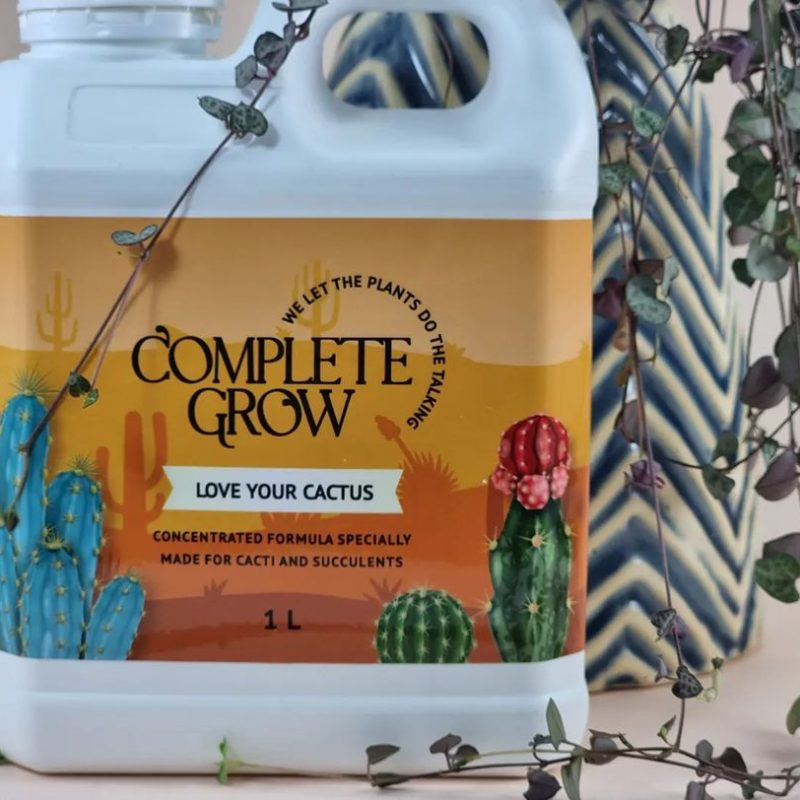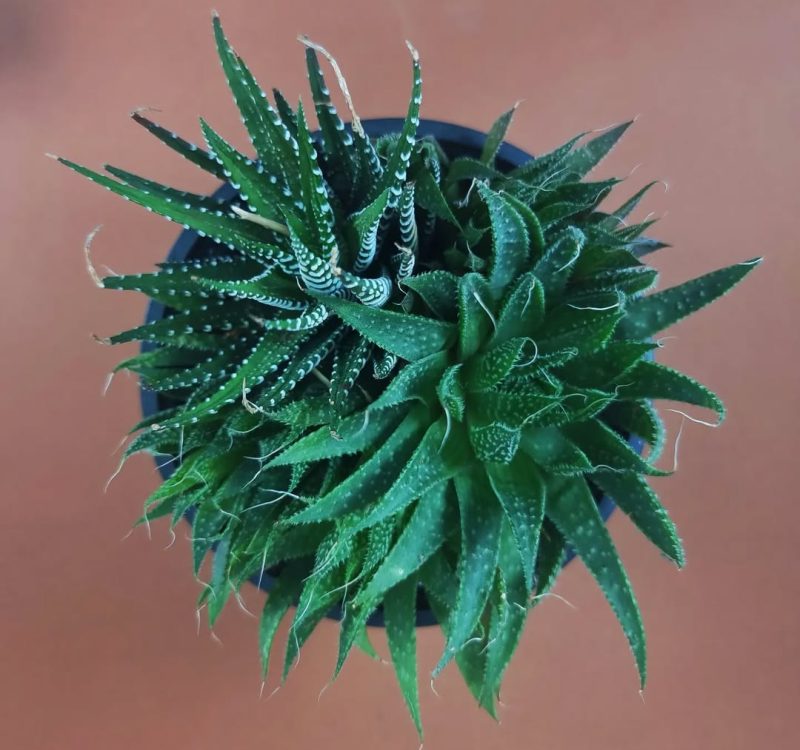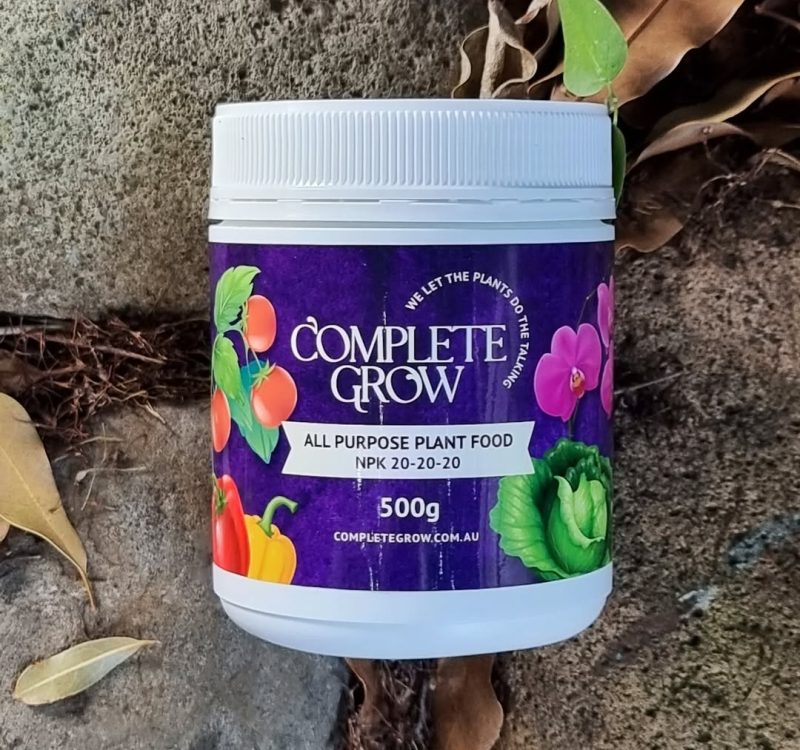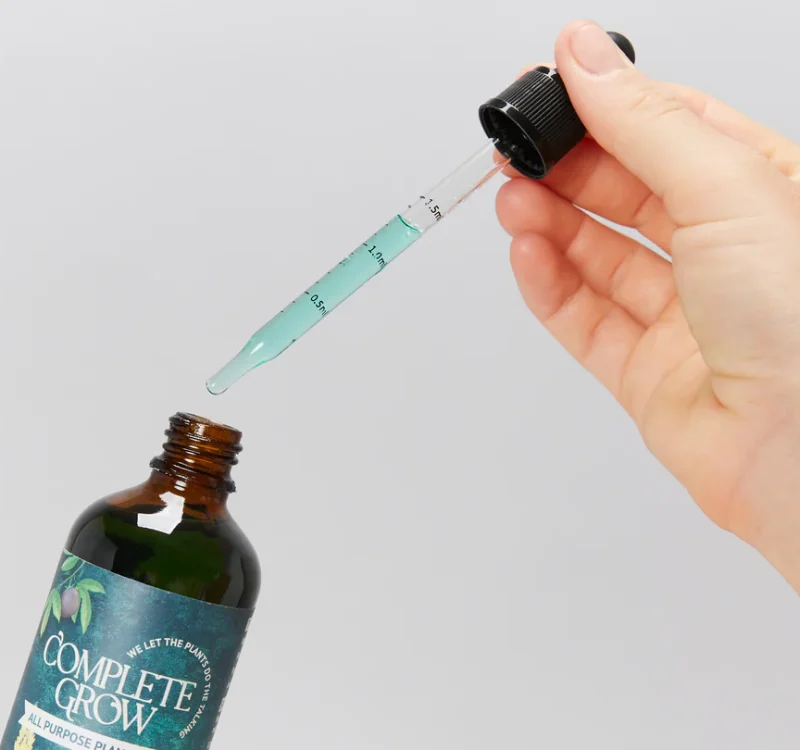Sedum (Stonecrop)
Transform Your Garden into a Personal Paradise!
How to Grow Sedum in Australia – Autumn Joy & Creeping Stonecrop Care
Sedum, commonly called stonecrop, is a drought-tolerant succulent that thrives in Australian gardens. With over 400 varieties, Sedum includes upright types like Autumn Joy as well as low-growing groundcovers like creeping sedum. These plants are prized for their ability to survive heat, neglect, and poor soil, while producing masses of colourful foliage and pollinator-friendly flowers.Whether you’re planting Sedum in garden beds or pots, success starts with location and soil. Sedum needs full sun for at least 6 hours a day. It tolerates some afternoon shade in hot regions, but insufficient sunlight causes leggy stems and poor flowering, especially in larger upright varieties like Sedum Autumn Joy.
All sedums need well-drained soil—ideally sandy, rocky, or slightly poor in organic matter. Avoid moisture-retentive mixes or mulches that stay wet, as these can cause root rot. For pots, use a succulent or cactus mix with added perlite or grit. Creeping sedums can even thrive in cracks, green roofs, or rock walls with minimal soil depth.
To support strong flowering and foliage colour, apply a balanced low-nitrogen fertiliser during spring and early summer. CompleteGrow’s Cactus Succulent Plant Food (2-7-7) is ideal for sedums. Use monthly for potted plants or twice a season for in-ground stonecrop. Avoid overfeeding, especially with high-nitrogen blends, as this can lead to floppy stems and reduced hardiness.
Sedum is non-toxic to pets and a great option for wildlife gardens, attracting bees and butterflies with late-season blooms. Whether you’re growing Autumn Joy as a bold border plant or filling gaps with trailing sedum, these plants are a top choice for low-maintenance Australian landscapes.


Seasonal Care – Pruning Autumn Joy & Propagating Sedum
Sedum adapts easily to seasonal changes in most Australian climates. During the growing season—spring to early autumn—plants develop lush stems and clusters of small, star-shaped flowers. Autumn Joy and similar upright sedums bloom from late summer into autumn, adding long-lasting colour when other flowers fade.
In winter, most sedums enter dormancy and may lose foliage. Autumn Joy dies back to the base in cooler climates but regrows from the crown in spring. Creeping sedums often stay semi-evergreen in warm zones. Remove dried stems and flower heads in late winter to tidy the plant before new growth emerges.
How to prune Sedum Autumn Joy: After flowering, you can leave the seed heads for winter interest or cut the stems back to the base once they brown and collapse. In early spring, trim any remaining dead stems to allow new shoots to emerge freely. For larger, bushier plants, pinch new growth in spring to encourage compact, branching habits.
How to propagate Sedum: Most sedum varieties root easily from stem cuttings. Take a healthy cutting 5–10 cm long, remove lower leaves, and plant directly into soil or water until roots form. Creeping sedum naturally spreads by rooting at leaf nodes along the ground. You can lift and divide sections to transplant elsewhere in the garden or pots.
For larger upright types like Autumn Joy, divide mature clumps every 2–3 years in early spring. This improves plant vigour, prevents overcrowding, and provides more plants for free. Always replant divisions into well-drained soil and water lightly until established.
Whether you’re filling a rock garden or creating a pollinator border, Sedum’s versatility makes it one of the easiest plants to propagate, prune, and enjoy all year round.
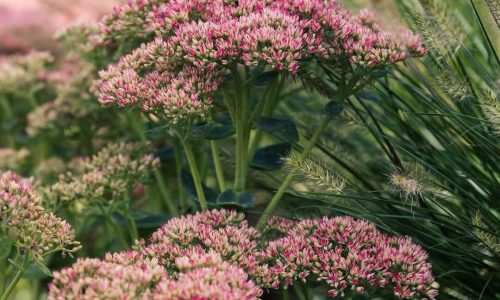
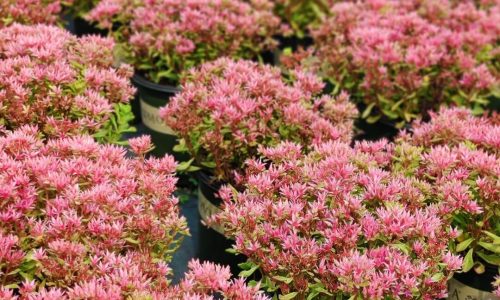
Sedum Problems and Prevention – Rot, Flop & Stretching
While Sedum is low-maintenance, a few issues can arise if conditions are too wet or shady. Here’s how to identify and fix them:
- Floppy stems or leaning growth: Common in Autumn Joy if overfed or grown in shade. Reduce nitrogen, increase sun exposure, and pinch back stems in early spring for compact growth.
- Yellowing leaves or root rot: Caused by excess moisture or poorly draining soil. Improve drainage and avoid mulching directly around the stem base.
- Stretching or sparse growth: Sedum needs full sun. Move to a brighter spot to prevent leggy stems and faded colour.
- Leaf drop in cold climates: Normal for upright sedums like Autumn Joy. Cut back dead growth and allow regrowth in spring.
Most problems are easy to prevent with full sun, fast-draining soil, and minimal watering. Creeping sedums rarely need fertiliser, while upright types benefit from occasional feeding during peak growth.
Frequently Asked Questions
Are Sedum plants perennial?
Yes, all Sedum varieties are perennial succulents. They return every year with minimal care and may spread or self-seed in well-drained gardens.
Where is Sedum native to?
Sedum is native to Europe, Asia, and parts of North America. It thrives in rocky, dry environments—making it ideal for Australia’s heat and poor soils.
How do I propagate Sedum plants?
Take stem cuttings and plant them directly into gritty soil. Creeping sedum can also be divided or allowed to root where it touches soil.
How do I prune Sedum Autumn Joy?
Wait until stems brown in late autumn or winter. Cut them back to the base in early spring to encourage fresh, upright growth.
Does Sedum need a lot of water?
No. Sedum is drought-tolerant and prefers infrequent deep watering. Overwatering leads to rot and weak growth.
What’s the best fertiliser for Sedum?
Use a low-nitrogen blend like CompleteGrow’s Cactus Succulent Plant Food (2-7-7). Apply monthly during spring and summer for upright varieties like Autumn Joy.
For more drought-tolerant plant guides, explore our full CompleteGrow succulent care library or get in touch with our team for custom advice.
Recommended Products
- Quick View
- Select options This product has multiple variants. The options may be chosen on the product page


